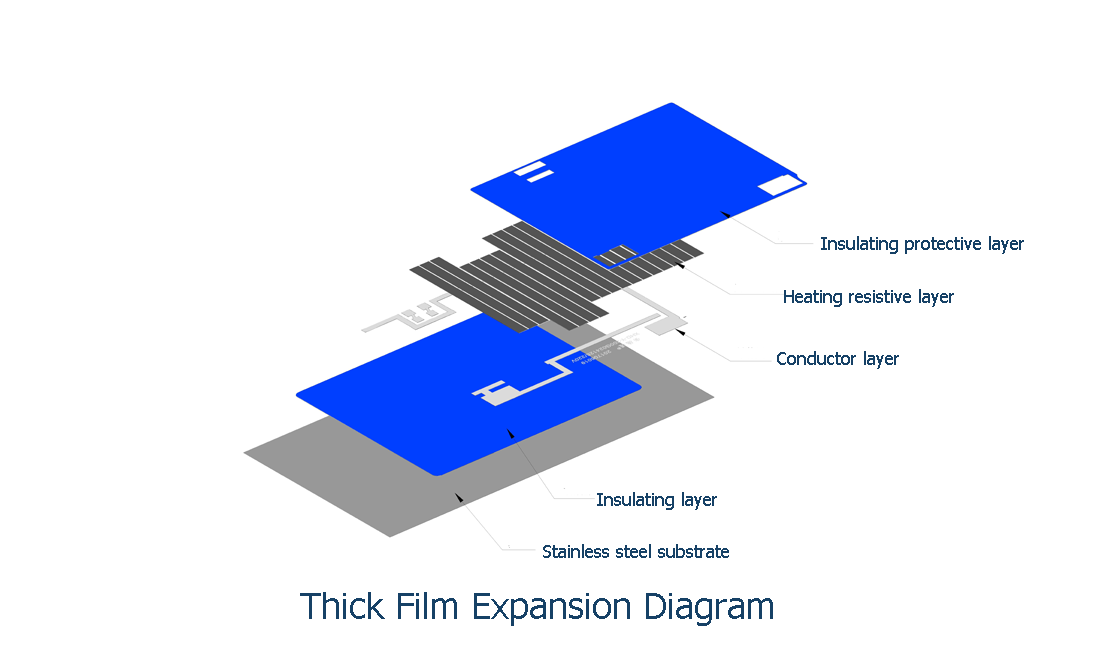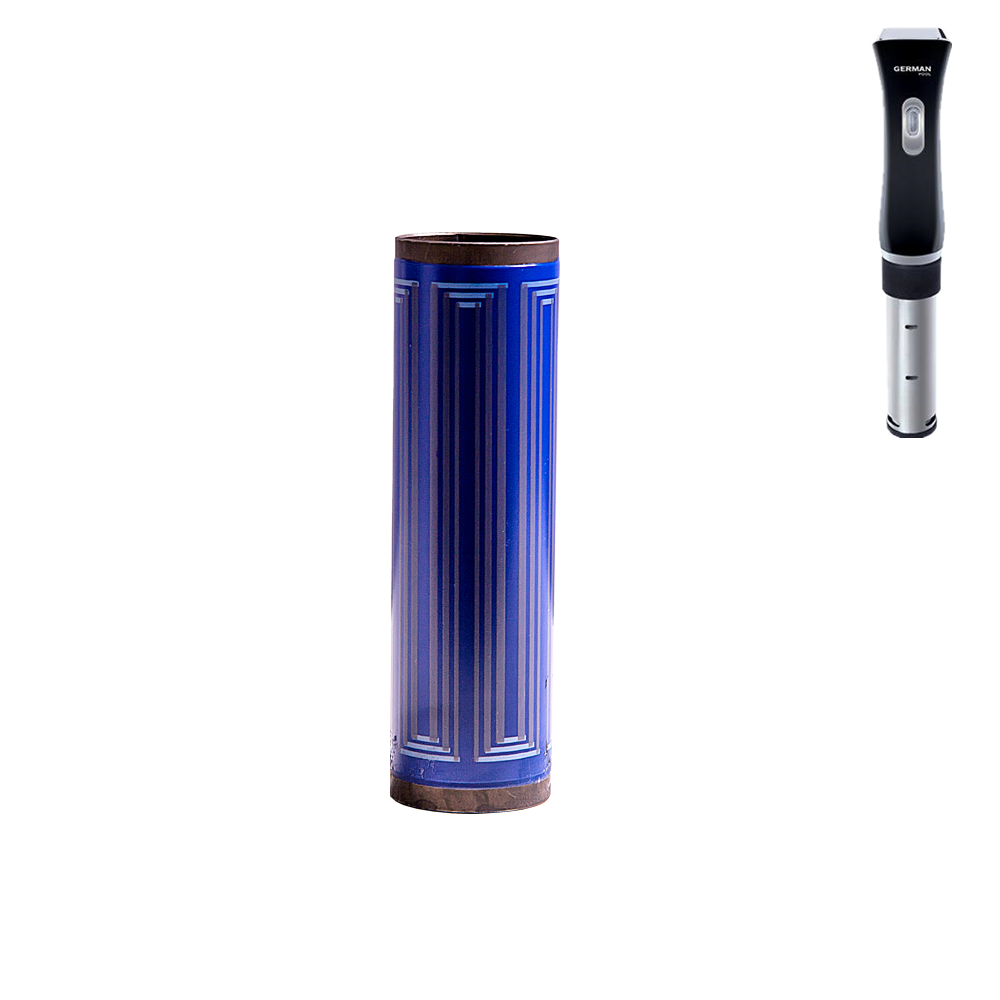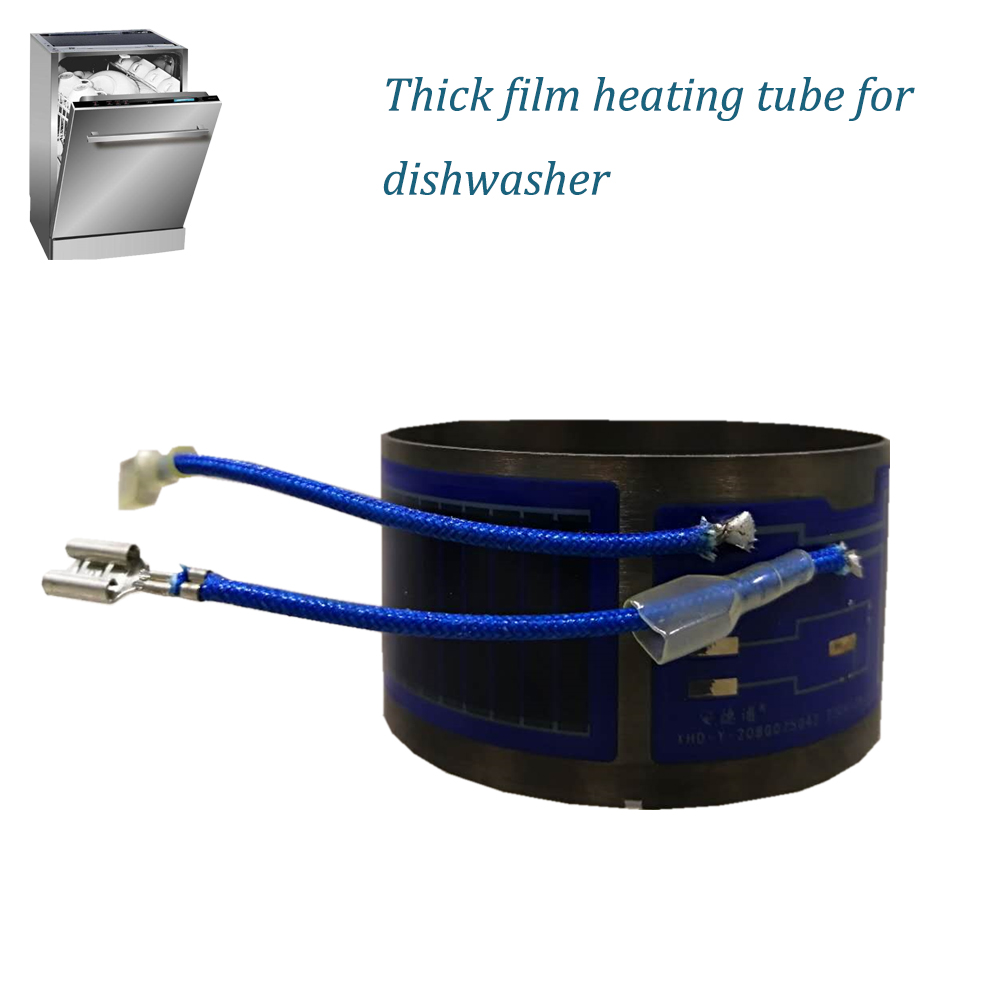Feldspar is potassium, sodium, calcium and alkali metal or alkaline earth metal aluminosilicate minerals in general. K-feldspar has the characteristics of low melting point (1150±20°C), long melting interval and high melt viscosity. It is widely used in industrial sectors such as ceramic blanks, ceramic glazes, glass, electric porcelain and abrasive materials. In addition to being a raw material for the glass industry (about 50% to 60% of the total amount), feldspar minerals account for 30% of the ceramic industry, and the rest are used in chemical, glass flux, enamel raw materials, abrasives, glass fibers, Welding electrodes and other industries. The role of potassium feldspar in the ceramic industry A: Potassium feldspar is both a flux raw material and a bismuth raw material. Lowering the firing temperature in the green body can shorten the drying time of the green body and reduce the shrinkage and deformation of the green body during drying. B: Potassium feldspar melts into feldspar glass at high temperature, filling the gap between the particles of the blank, and bonding the particles to make the compact dense, which can improve the transparency and help improve the mechanical strength of the blank. C: Feldspar glass is a liquid medium at high temperatures, which promotes the melting and mutual penetration of quartz and kaolin minerals and promotes the formation and development of mullite crystals. D: The composition of K-feldspar contains the main oxides in the porcelain billet, so it can replace other industrial materials as the main raw material and reduce the production cost. Domestic potassium feldspar beneficiation processing method China's potassium feldspar resources are abundant, but due to the excessive standards of iron , titanium and other harmful elements, the preparation and purification of potassium feldspar has always been one of the major problems plaguing this industry. Due to the demanding requirements of the ceramic industry for raw materials, in addition to a very small number of natural potassium feldspar resources do not need mineral processing, it is generally necessary to carry out the necessary beneficiation processing of potassium feldspar resources to remove harmful impurities such as iron, titanium and manganese . At present, the domestic processing methods for mineral processing are generally as follows. (1) Traditional processing methods The method of processing potassium feldspar in some private enterprises in China is relatively simple. The method of crushing, wheel milling and sieving is used. This method is original, the foreign iron is mixed less, the investment is less, and the processing cost is low, but the disadvantage is that the output is small and the dust pollution is large. Product indicators cannot be guaranteed. (2) Dry dressing The dry beneficiation process is relatively simple, specifically: raw ore → hand selection → crushing → grinding → iron removal → finished product. This method is simple, the processing cost is low, and the equipment investment is small. The equipment is generally selected to be broken and the roller is broken, and the ball mill is equipped with a strong magnetic separator. However, the ore dressing effect of this method is not obvious, and the indicators are not easy to meet the requirements. At present, few enterprises in China have chosen such a beneficiation process. (3) Wet dressing With the advancement of science and the continuous improvement of the iron removal process, the wet dressing and iron removal process has been selected by more and more manufacturers. The process is: raw ore → crushing → grinding → iron removal → dehydration → drying → finished product. The equipment selection mainly consists of a jaw crusher and a roller crusher for crushing. The ball mill is used for grinding . The permanent magnet separator is used for iron removal, the high gradient magnetic separator is used, the vacuum dewatering machine is used for dewatering, and the roller dryer is generally used for drying. . If necessary, flotation should also be considered during process design to remove other harmful impurities from the ore. At present, most of the domestic potassium feldspar processing enterprises choose this process. The process technology is mature and reliable, and the products can meet the technical requirements of the ceramic industry for raw materials.
The rare-earth metal thick film heating technology is one of
today's most innovation and forward-looking solution for electric heating
field.The thick film heating tubes/elements are produced by screen-printing
dielectrics (5 layers), resistance (palladium-silver), conductor (silver) and
isolation glazes on the substrate and sintered 7-9 times at temperature over
900℃.
Thick film heaters may have extremely high power densities
combined with a low thermal mass. This results in ultra-fast heating of water,
food and other media. Energy transport is very direct and efficient. In
numerous applications stand-by modes can be omitted or drastically improved.
This makes that thick film heaters are your environmental friendly solution.
GIDAPE® ANDETONG® series stainless steel thick film heating
element. High Quality, Safety and Reliability, Stable Performance and Long
service Life. Chinese are all around the world, so the Chinese culture and
lifestyle are also affecting people all over the world. For example, drink hot
water is very healthy lifestyle. It can keep you digestion system health and
improve circulation and detoxification. In finally, you need our environmental
and safety thick film heating body which can heat water instantly.
Instant Heater For Kitchen Appliances Instant Heater For Kitchen Appliances,Electric Kettle,Hot Water Dispenser,Electric Water Kettle XINXIANG JIEDA PRECISION ELECTRONICS CO.,LTD , https://www.tubularheater.de



Role of K-feldspar in ceramic industry and beneficiation processing method